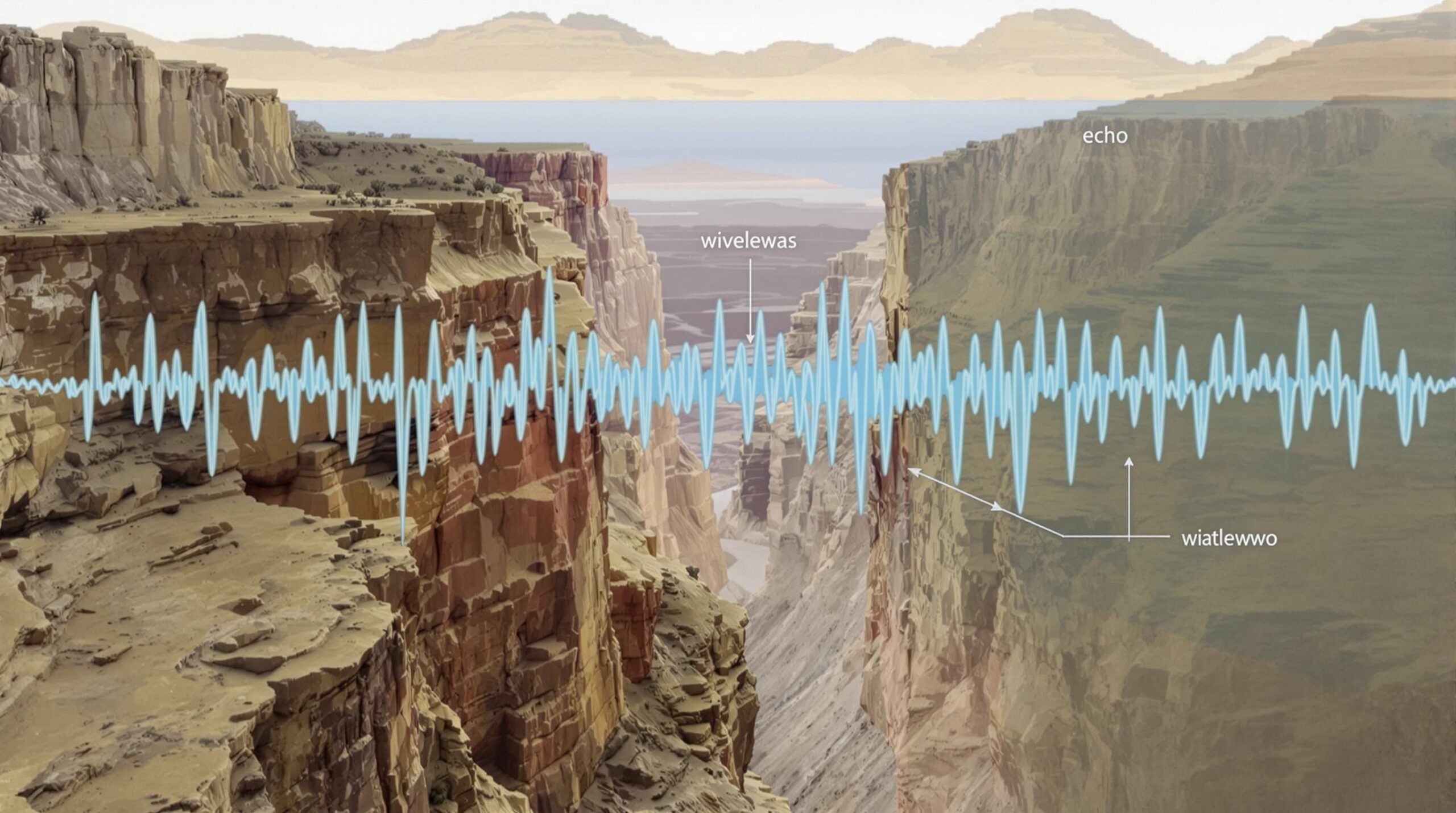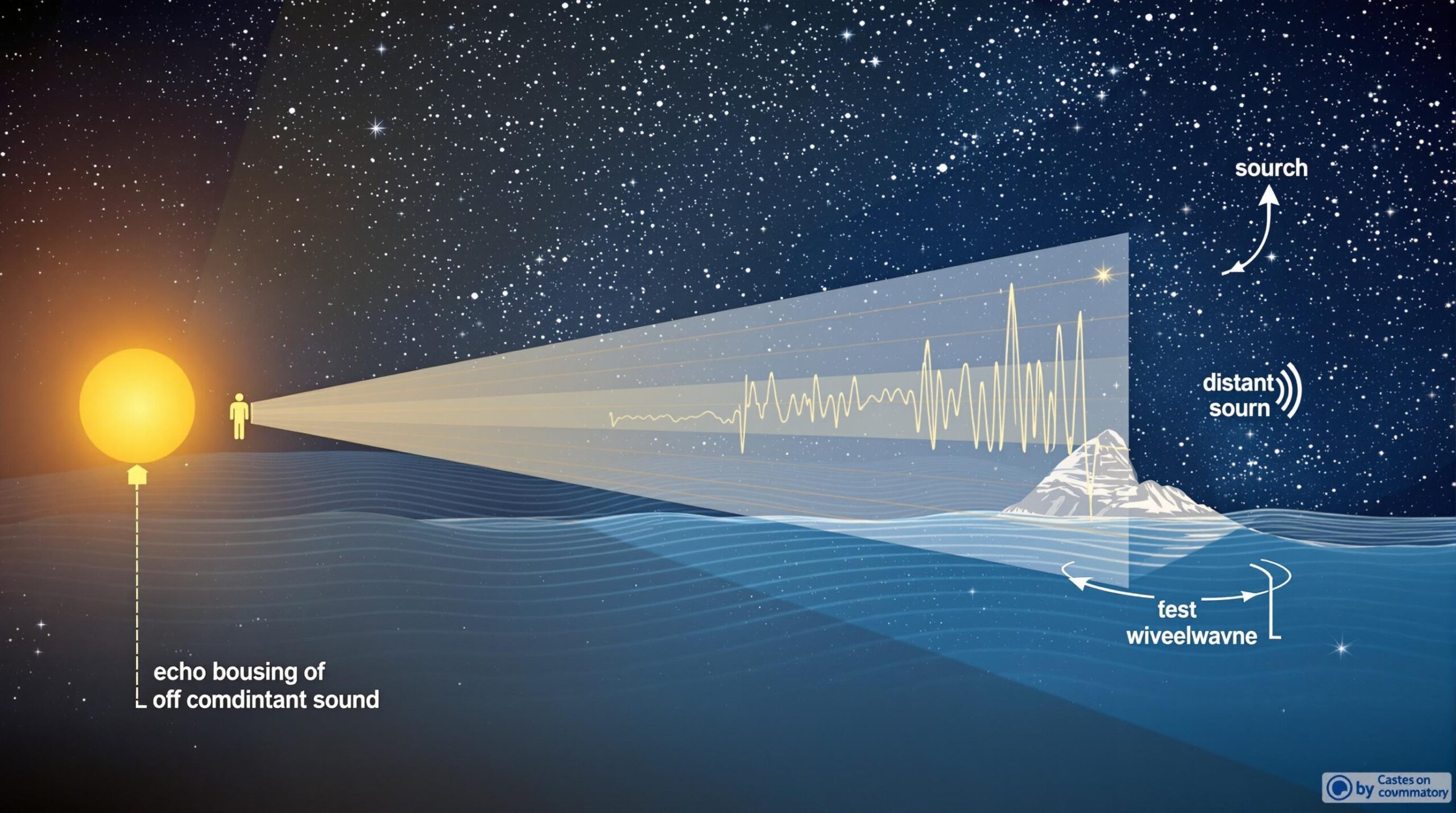Have you ever shouted into a canyon and heard your voice bounce back? That’s an echo! But have you ever stopped to think about what really makes an echo happen, and how things like wavelength play a crucial role?
Let’s dive into the fascinating world of echo wavelength and uncover the science behind this common phenomenon.
What is an Echo?
Simply put, an echo is a sound wave that has been reflected off a surface and returned to the listener. This happens when a sound wave encounters an obstacle – like a wall, a mountain, or even a dense group of trees – and bounces back.
Wavelength: The Key to Understanding Echoes
Wavelength is the distance between two successive crests (or troughs) of a wave. It’s a fundamental property of all waves, including sound waves. And it’s crucial in determining how echoes behave.
Here’s why:
- Reflection and Obstacles: The size of the obstacle relative to the wavelength of the sound determines how well the sound is reflected. If the obstacle is much larger than the wavelength, the sound reflects efficiently, creating a strong echo. Think of a large rock face in a canyon.
- Diffraction: If the obstacle is smaller than the wavelength, the sound wave tends to bend around it, a phenomenon called diffraction. This means less sound is reflected back, and the echo is weaker.
- Frequency and Wavelength: Remember that wavelength and frequency are inversely related. Higher frequency sounds have shorter wavelengths, and lower frequency sounds have longer wavelengths. This means high-pitched sounds are more easily blocked and reflected by smaller objects, while low-pitched sounds can bend around them more easily.
Factors Affecting Echoes
Several factors, besides wavelength, influence the quality and audibility of an echo:
- Distance: The farther the reflecting surface, the longer it takes for the echo to return. There needs to be sufficient delay between the original sound and the echo for our ears to perceive them as separate sounds.
- Surface Material: Hard, smooth surfaces reflect sound better than soft, absorbent surfaces. A concrete wall will produce a stronger echo than a wall covered in thick curtains.
- Shape of the Reflecting Surface: Concave surfaces can focus sound waves, creating stronger echoes in specific locations.
- Amplitude of the sound: Higher amplitude means louder sounds that can generate more easily audible echoes. Louder sounds travel further allowing enough sound to bounce back.
Why Does This Matter?
Understanding echo wavelength isn’t just a fun science fact. It has practical applications in various fields:
- Sonar: Sonar uses sound waves to detect objects underwater. By analyzing the echoes, it determines the location, size, and shape of submerged objects.
- Medical Imaging: Ultrasound uses high-frequency sound waves to create images of internal organs. The way these waves reflect provides valuable diagnostic information.
- Architecture: Architects consider acoustics and echo properties when designing buildings to optimize sound quality and minimize unwanted echoes.
So, the next time you hear an echo, take a moment to appreciate the interplay of sound, reflection, and wavelength that makes it all possible! It’s a fascinating example of physics in action, all around us.


